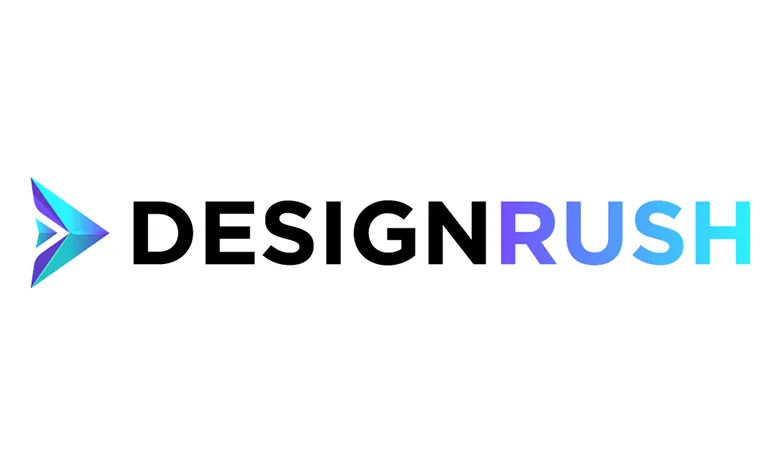Marketing That
Really Works!

How to Use AI for CRM Automation in Web Design Projects
AI is making big changes in web design projects. It offers great tools for managing customer relationships, making tasks easier and interactions smoother. Businesses can enhance how they handle customers and streamline their processes by making the most of AI. This makes them quicker and more accurate in delivering personalized services.
Using AI in CRM automation is about creating better designs and smarter customer interactions. It helps businesses stay ahead by adapting swiftly to new customer preferences. With AI, web design projects become more than just crafting attractive pages. They become a strategy for building lasting customer relationships.
Understanding AI Tools for CRM in Web Design
AI tools for CRM in web design help make things run smoother and faster. They handle the heavy lifting when managing customer information and interactions. These tools simplify complex tasks, allowing businesses to focus on delivering value to their customers. They help create a seamless experience where all customer information is easily accessible and managed.
Several types of AI tools are popular in CRM automation. Customer data platforms can combine information from different sources, providing a complete view of each customer. Chatbots are common for handling routine customer queries and freeing human staff for more complex issues. Predictive analytics tools help anticipate customer needs based on past behaviours, enhancing the ability to offer personalized services.
Some key AI tools include:
1. Customer Data Platforms: Integrate and organize customer data from various sources.
2. Chatbots: Provide instant customer service for routine questions.
3. Predictive Analytics: Analyse customer data to predict future needs.
4. Automated Email Services: Send personalized emails based on triggers or events.
These tools empower web designers to create sites that do more than just look good. They ensure customers get what they need quickly and efficiently, improving satisfaction and engagement.
Setting Up AI-Driven CRM Automation Processes
Setting up AI-driven CRM automation processes is all about planning and execution. It starts with understanding your business needs and choosing the right AI tools to meet those needs. This planning ensures that the tools you pick will actually solve problems and improve operations.
The first step is to map out the customer journey. Identify key touchpoints where AI can make a difference. This could be in welcoming new customers, responding to inquiries, or following up on purchases. Once these touchpoints are identified, businesses can set up AI tools to automate each step efficiently.
A strategic setup includes:
1. Mapping Customer Journey: Understand customer interactions to find automation opportunities.
2. Choosing AI Tools: Select tools that meet specific automation needs.
3. Implementing Automation: Set up automation processes at key customer touchpoints.
4. Monitoring and Testing: Continually check the effectiveness and tweak settings as necessary.
After setting up, continuous monitoring is essential. Regular checks ensure everything runs smoothly and adjustments can be made as needed. With all processes streamlined, businesses can focus more on building strong customer relationships, leading to long-term loyalty.
Best Practices for Implementing AI in Web Design
Implementing AI in web design requires careful attention to some best practices. These practices ensure that AI tools are used effectively to enhance a website's overall design and functionality. First, always start with clear objectives. Knowing your goal helps you select the right AI strategies and tools.
Keep user experience at the forefront. The AI features should make it easier for users to interact with the site, not harder. Test the website with real users to gather feedback and make improvements. This step is crucial to refine the design and ensure that AI tools meet user needs.
It's also important to integrate AI features gradually. Launch small changes first and monitor their impact before rolling out full-scale implementations. This allows teams to learn and adjust as necessary.
Key practices include:
1. Setting Clear Objectives: Define goals for using AI in your design process.
2. Focusing on User Experience: Ensure AI features enhance, rather than complicate, interactions.
3. Testing with Real Users: Gather feedback to refine AI-driven features.
4. Gradual Integration: Introduce AI features step by step to ensure stability.
Following these best practices helps create a seamless web experience that aligns with customer expectations and business goals.
Measuring Success and Continuous Improvement with AI
Measuring success metrics is essential to assessing AI's impact on CRM and web design. This helps us understand how well AI works and where changes may be necessary. Start by identifying key performance indicators (KPIs) such as user engagement, conversion rates, and customer satisfaction scores.
Analyze these metrics regularly to see trends and patterns. This helps identify areas where AI tools perform well and where they need adjustment. Use analytics tools that provide detailed insights into how users interact with AI-driven features on the website.
Encourage ongoing learning and adaptation. AI technologies evolve quickly, and staying informed helps in making necessary updates. Getting feedback from users and team members also provides valuable insights for continuous improvement.
Steps for measuring success include:
1. Identify KPIs: Focus on metrics that reveal AI impact, like engagement and conversion rates.
2. Regular Analysis: Look for trends and areas needing improvement.
3. Use Analytics Tools: Gather detailed data on AI feature usage.
4. Ongoing Learning: Stay updated on AI developments and gather user feedback.
Adopting a continuous improvement mindset ensures the AI-driven website remains effective and aligned with user needs and market trends.
Conclusion
AI has transformed how web design projects operate, combining automation and personalization to create engaging customer experiences. By effectively understanding and implementing AI tools, businesses can streamline processes and provide better interactions. Whether automating routine tasks or delivering personalized content, AI offers powerful solutions that make web design more efficient and responsive.
Meshroad Marketing is here to guide you on this exciting journey. By combining human ingenuity with cutting-edge AI, our CRM company in Vancouver helps you unlock the full potential of your web design projects. Partner with us to see how AI can revolutionize customer relationship management and enhance your site to meet modern expectations.







